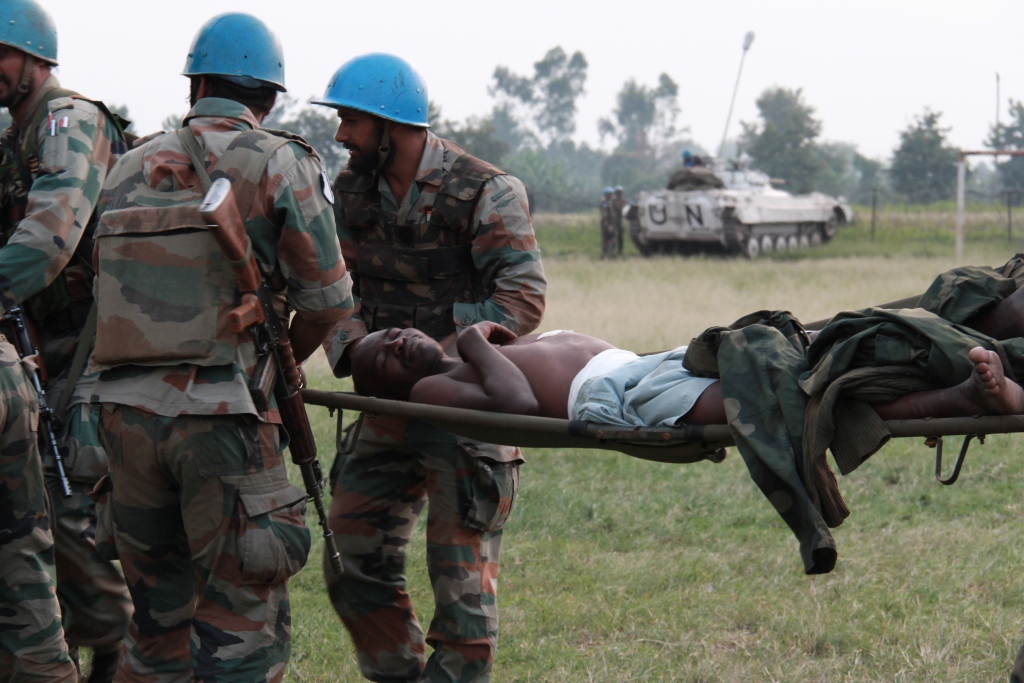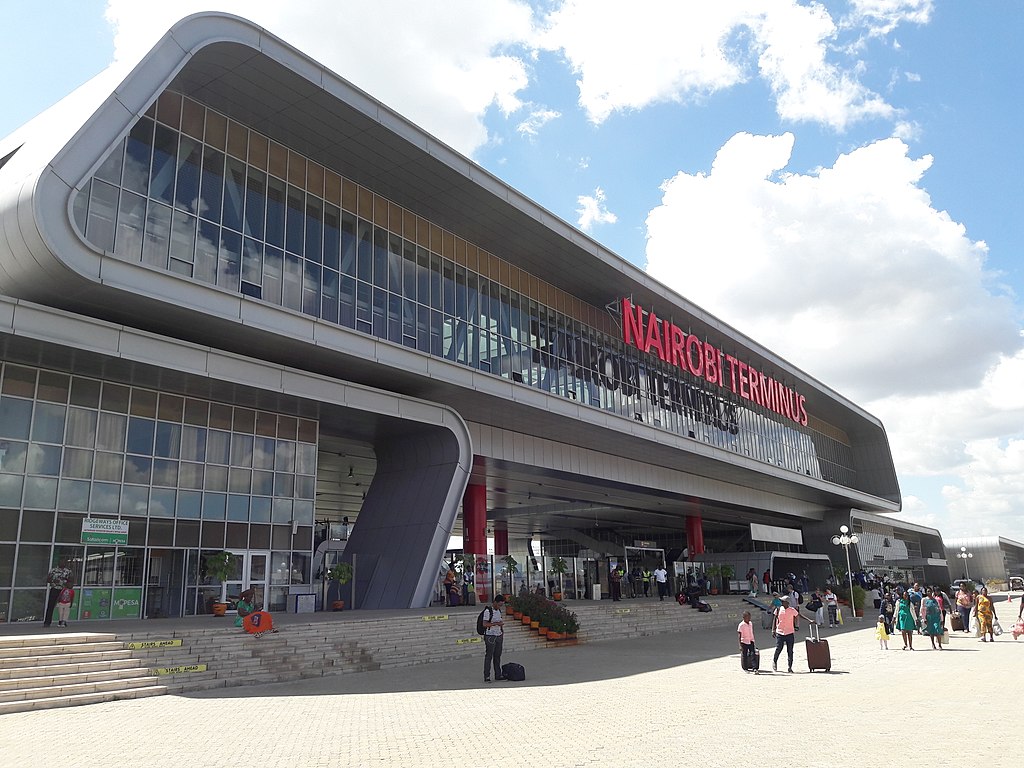
M-23 launch attack on MONUSCO in Kiwanja.
“One of the missing links has been the continued refusal by Kinshasa to negotiate with the rebel group M23.”
In February 2023, The East African, an online outlet covering regional affairs in Kenya, Uganda, and Rwanda, published the excerpted article on the challenges Kenya faces in mediating the conflict between the Congolese government and rebels of the March 23 Movement, better known as M23. The M23 is predominantly Tutsi and is backed by Rwanda, whose president, Paul Kagame, is Tutsi and sympathizes with M23’s grievances against the Congolese government for neglecting their communities. In 2022, M23 suddenly renewed its offensive against the Congolese government after a nine-year hiatus, which began in 2012 when a fragile truce was achieved. The former Kenyan president, Uhuru Kenyatta, who left office in 2022, is heading efforts by the East African Community (EAC) to find a resolution, but the complexities of the conflict make peace elusive. Nevertheless, the article notes there is no plan to replace Kenyatta and that he is incentivized by the goal to make Kenya proud as a regional peacemaker.
According to the article, the inability to reach an agreement is caused, on one end, by the Congolese government’s insistence that M23 rebels are terrorists and refusal to negotiate with them on that basis. One the other end, M23 rebels are willing to meet with Kenyatta but demand direct negotiations with the Congolese government. Kenyatta’s most immediate recommendation is for the East African Community Regional Force (EACRF) member-states to all contribute forces to separate the government and rebel lines. At present, however, only Kenyan forces are deployed in the epicenter of the violence in the town of Goma in eastern Congo, while deployments from Burundi, Uganda, and South Sudan have been pledged but not implemented. Further complicating peace efforts is the article’s claim that the Congolese government sees the EACRF mandate as militarily defeating M23, while the EACRF seeks to create conditions for a political process and dialogue. As noted in the excerpted article from Kenya-based publication The Star, 200 Kenyan troops traveled to eastern Congo to join the roughly 700 Kenyan troops already there. According to the article, their mission was not to defeat the M23 rebels, but to remain impartial and stabilize the region to enforce a conclusive peace agreement or at least a more enduring truce than one that had existed from 2012 until 2021.
Sources:
“Uhuru’s delicate balancing act in Congo peace talks assignment,” Theeastafrican.co.ke (regional-oriented weekly newspaper focusing on Kenyan, Ugandan, and Rwandan political, military, and economic affairs), 11 February 2023. theeastafrican.co.ke/tea/news/east-africa/uhuru-delicate-balancing-act-in-dr-congo-4119666
Former Kenyan president Uhuru Kenyatta has been praised for helping end the Tigrayan conflict in Ethiopia. As a retired president and a glad-handed statesman, he became an obvious choice for the East African Community (EAC) in its pursuit of peace in eastern Democratic Republic of Congo. But the complexity of the Congo conflict has left Kenyatta gasping for breath, with support and opposition coming in equal measure.
Last week, Kenyatta skipped the EAC Summit in Bujumbura called by President Evariste Ndayishimiye to help broker a ceasefire to the violence in eastern DRC.
Kenyatta’s domestic troubles, however, are only part of the problem in brokering peace in the DRC. On Thursday, he endorsed the Summit’s call for a ceasefire and withdrawal of rebels from the positions…. One of the missing links has been the continued refusal by Kinshasa to negotiate with the rebel group M23…. The M23, on their part, are demanding “direct negotiations” with the Congolese government. The rebels also asked to express their grievance to Kenyatta, whom they have met at least twice this year.
“200 more KDF troops arrive in DRC to enforce peace,” thestar.co.ke (independent Nairobi-based newspaper focusing on Kenyan politics), 16 November 2022. https://www.the-star.co.ke/news/2022-11-16-200-more-kdf-troops-arrive-in-drc-to-enforce-peace/
The second batch of troops from Kenya to be deployed to fight M23 rebels in the Democratic Republic of Congo in a joint regional operation left the country.A team of about 903 has been deployed to the region to help contain the fighting that has displaced many. About 200 more troops left Nairobi for the troubled region of Goma. Gen Kibochi told the troops to remember their joint mission with other East African Community states to enforce peace. He urged the officers to obey the law of the land as they are deployed. The Commander of the team Major General Jeff Nyaga said they are there to help DRC stabilise.
Image Information:
Image: M-23 launch attack on MONUSCO in Kiwanja
Source: https://commons.wikimedia.org/wiki/File:M23_launch_attack_on_MONUSCO_in_Kiwanja_(7684320746).jpg
Attribution: MONUSCO Photos (CC x 2.0)


